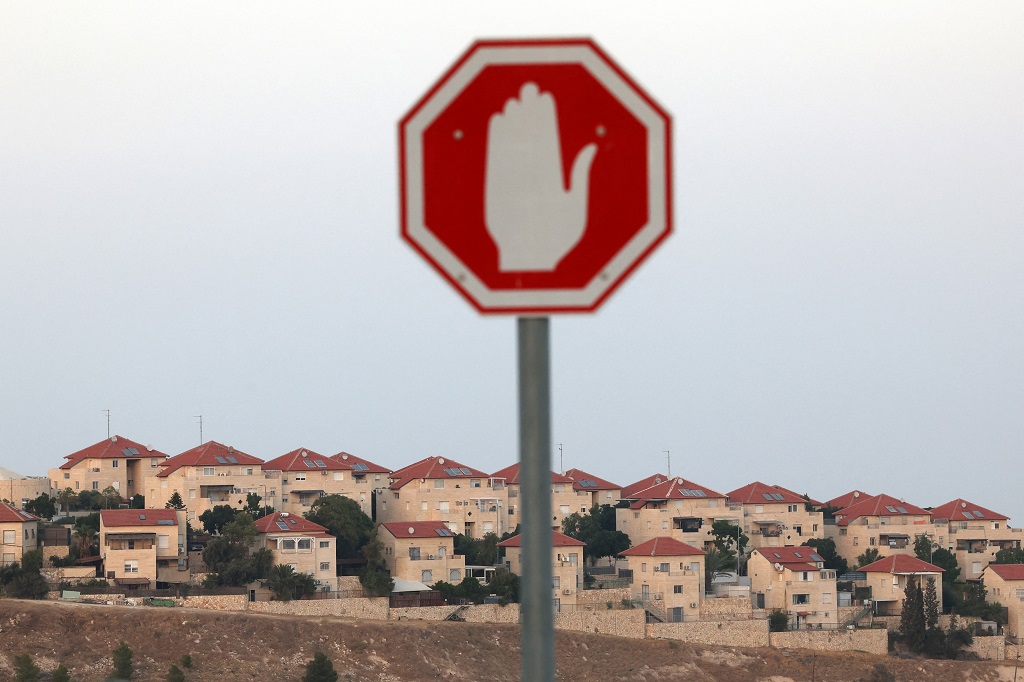JERUSALEM, November 15, 2025 (WAFA) – The Al-Baydar human rights organization stated that the accelerated settlement activity east of Jerusalem, within the framework of the E1 settlement plan, constitutes a dangerous escalation targeting the towns of Anata, Hizma, and Jaba', and the surrounding Bedouin communities.
This escalation is part of an attempt to alter the Palestinian geography in a way that threatens the geographical contiguity of the West Bank.
In a statement issued on Saturday, the organization said that colonists recently began establishing a new settlement outpost on land belonging to the town of Anata, near the Bedouin communities of Abu Ghaliyeh and Al-Ara'ara. This coincides with similar activities in the lands of Hizma and Jaba', northeast of Jerusalem, as part of a systematic settlement project.
The organization added that these actions are part of the E1 plan, which aims to connect the Ma'ale Adumim settlement to Jerusalem. This effectively severs the geographical contiguity between the northern and southern West Bank and encircles East Jerusalem with a settlement ring, stifling any future possibility of it becoming the capital of an independent Palestinian state.
The organization emphasized that the towns of Anata, Hizma, and Jaba', along with the Bedouin communities scattered throughout them, lie at the heart of the area stretching between northeast and east Jerusalem and the Ma'ale Adumim settlement. This area constitutes the only crossing point connecting the northern and southern West Bank, making the recent settlement activities particularly dangerous.
The organization noted that the E1 plan, which covers approximately 12 square kilometers, was first proposed in the 1990s but faced widespread international opposition. Today, it is being implemented gradually through the establishment of small, undeclared settlement outposts, paving the way for their connection to bypass roads, military bases, and checkpoints. This effectively isolates East Jerusalem and leaves the Bedouin communities surrounded and isolated.
It stated that the Bedouin communities in the area rely on agriculture and herding as their primary source of income.
With the escalation of settlement activity, local residents are being prevented from accessing their lands, and vast areas are being seized under the pretext of "state land" or "military training zones." Homes and structures are also being demolished under the guise of unlicensed construction, in a policy of gradual displacement that violates the Fourth Geneva Convention.
It added that what is happening in Area E1 constitutes a "point of no return" for the two-state solution. Connecting the Ma'ale Adumim settlement to Jerusalem via Anata, Hizma, Jaba', and the surrounding Bedouin communities will effectively divide the West Bank into two isolated enclaves, undermining the possibility of a geographically contiguous Palestinian state.
The Al-Baydar human rights organization called for the documentation and updating of field maps to demonstrate the connection between the new settlement outposts and the E1 plan.
It also urged urgent international action to halt the project and impose an immediate freeze on settlement construction east of Jerusalem, protect Bedouin communities by providing urgent legal and humanitarian support, activate the International Court of Justice's advisory opinion (July 2024), and pressure for sanctions against those implementing projects in the occupied territories.
The organization emphasized that what is happening in Anata, Hizma, Jaba', and the surrounding Bedouin communities is part of a plan aimed at redrawing the map of the West Bank according to Israeli interests. This plan transforms towns and communities into isolated enclaves under the encroachment of settlements and weakens the prospects for a two-state solution.
Y.S








